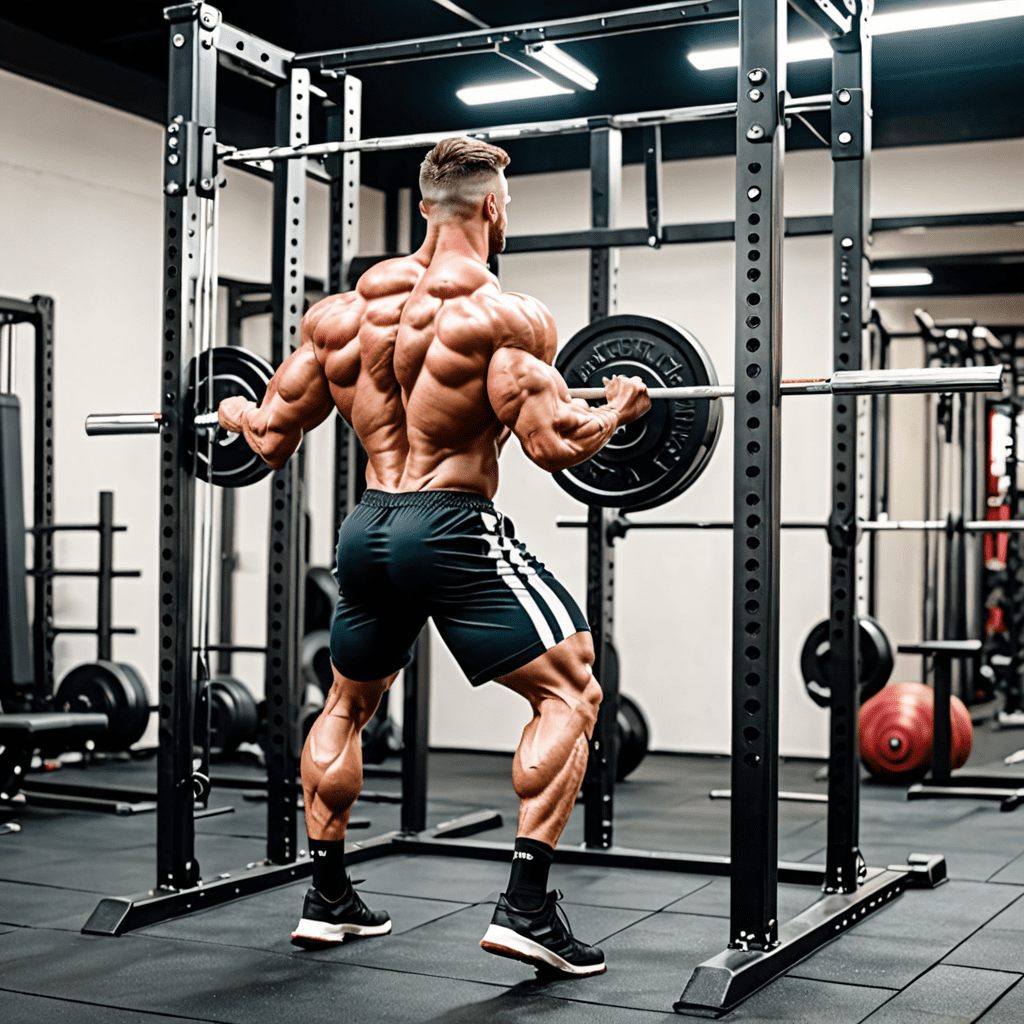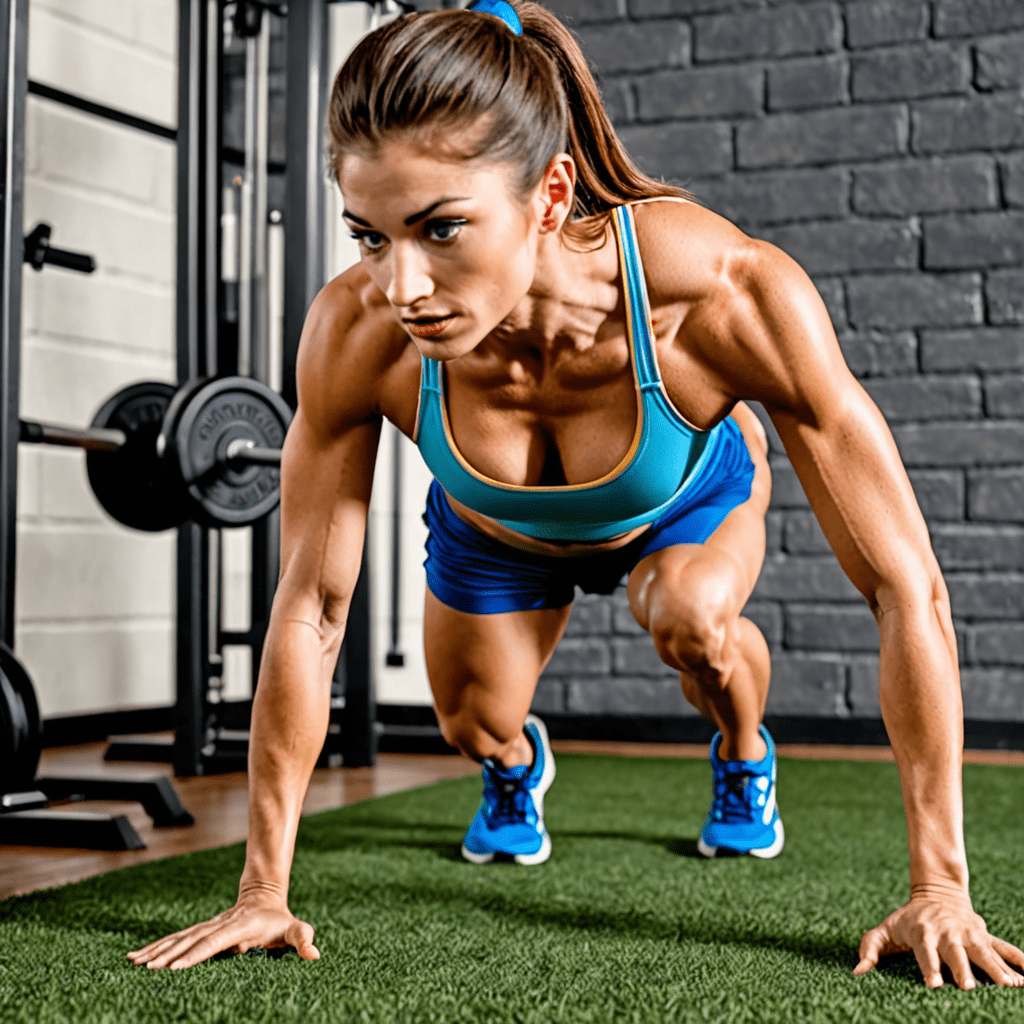
Optimal Positioning for the Squat Bar on Your Back: A Complete Guide
The Importance of Proper Bar Placement
When performing squats, the positioning of the bar on your back plays a crucial role in maintaining proper form and ensuring an effective workout. The placement of the bar affects the distribution of weight and can impact your stability and comfort during the exercise.
High Bar vs. Low Bar Squats
There are two primary bar positions for squats: the high bar position and the low bar position. The high bar position involves placing the barbell across the upper traps, while the low bar position positions the barbell lower, on the rear deltoids.
High Bar Squats
The high bar position is commonly used in Olympic weightlifting and involves placing the barbell on the upper trapezius muscles, just below the base of the neck. This placement allows for a more upright torso during the squat and places greater emphasis on the quadriceps.
Low Bar Squats
In contrast, the low bar position involves resting the barbell on the rear deltoids and across the top of the scapulae. This position requires a more forward lean in the torso during the squat and places greater emphasis on the posterior chain, including the hamstrings and glutes.
Finding Your Optimal Position
The optimal bar position for squats depends on individual factors such as body mechanics, flexibility, and comfort. Experimenting with both high bar and low bar positions can help you determine which option best suits your biomechanics and training goals.
Frequently Asked Questions
Q: Is one bar position superior to the other for all lifters?
A: The choice between high bar and low bar squatting depends on individual biomechanics, training goals, and comfort. While some lifters may find greater strength and stability with one position over the other, there is no universal superior option. Experimentation and comfort are key in determining the best bar position for your squats.
Q: Can the bar position affect my risk of injury?
A: Improper bar placement can contribute to discomfort and potential injury during squats. It is essential to find a bar position that allows for proper balance and control throughout the movement. Seek guidance from a qualified fitness professional or coach to ensure correct bar positioning and form to minimize the risk of injury.
Q: Are there variations in bar placement for specific squat variations?
A: Yes, certain squat variations, such as front squats and safety bar squats, require unique bar placements to accommodate the differing mechanics of the movements. However, the principles of finding an optimal position that allows for balance and comfort remain consistent across squat variations.
This comprehensive guide to bar placement for squats provides insight into the nuances of high bar and low bar positions, helping individuals optimize their squatting technique and overall workout experience.


